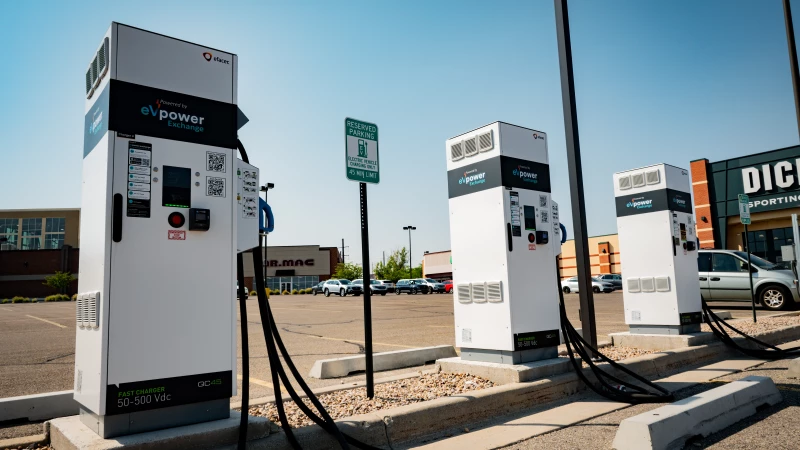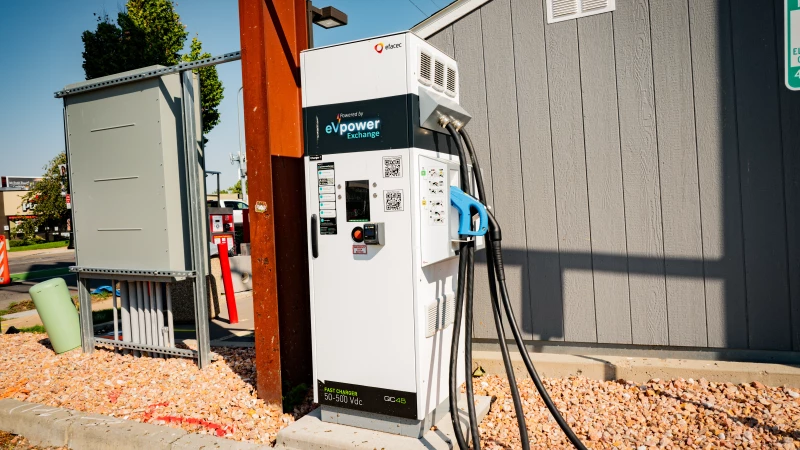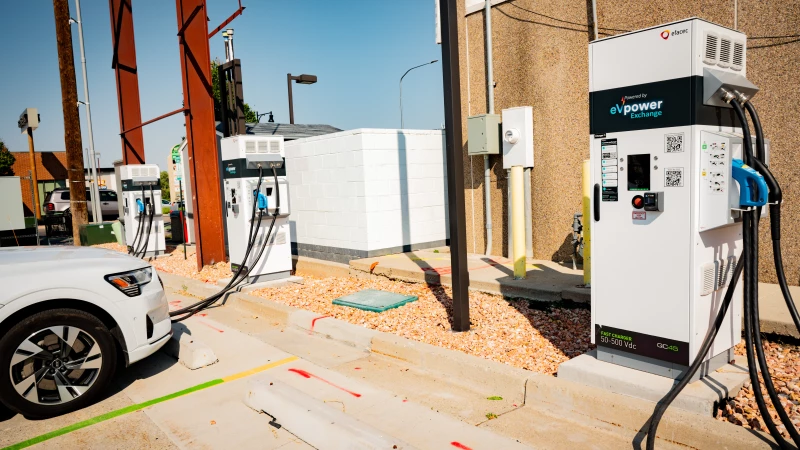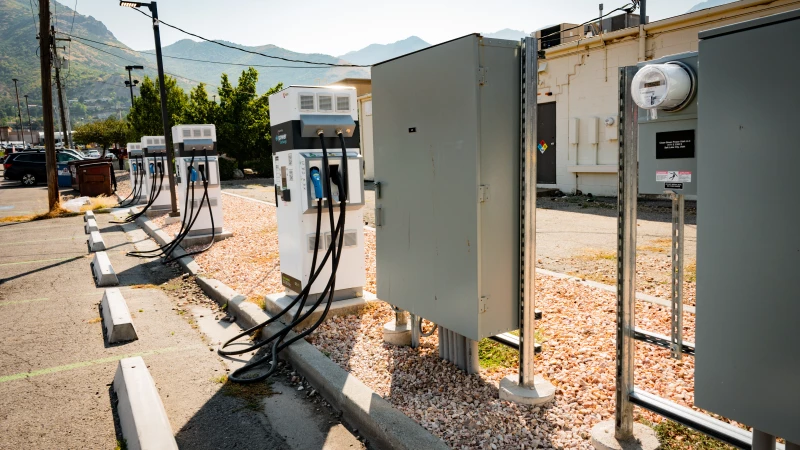The rapid evolution of charging technology is reshaping the electric vehicle (EV) landscape, making electric mobility more accessible and practical. As we delve into the intricacies of home and commercial charging options, the critical role of infrastructure, cost implications, environmental impacts, and prospects, it becomes clear that the transformation of EV technology extends beyond mere speed—it's a comprehensive overhaul that promises to redefine the future of transportation. Hunt’s Sustainable Energy team is on top of these trends, making them a reality for our clients and the expansion of the EV network.
Technological Advancements in Charging
Improvements in charging technology have revolutionized the EV sector. The power of chargers has surged, with newer models surpassing the 50 kW mark to reach 180 kW and beyond. This leap has transformed the charging landscape, reducing what was once a 12-hour process to a mere 30 minutes. This drastic reduction in charging time is a game-changer, enhancing electric vehicles' convenience, viability, and practicality.
Home vs. Commercial Charging
At home, EV owners have two primary charging options: Level 1 and Level 2 chargers. Level 1 chargers, which use a standard household outlet, are generally sufficient for overnight charging but can take up to 12 hours to fully charge an EV. Level 2 chargers, which require a dedicated home installation, significantly reduce charging time to about 6-8 hours. The choice between these options largely depends on the frequency of vehicle use and driving habits.
Level 2 and Level 3 (DC fast) chargers are commonly employed for commercial use, like parking garages and public spaces. Level 2 chargers are suitable for moderate use in commercial spaces and office buildings. Hunt Electric has installed these chargers at places like the Ogden City Municipal Building, where employees and visitors tend to stay for an extended period, allowing their vehicles to charge. Level 3 chargers are designed for rapid charging and are suited for use in parking garages or bustling areas; we’ve installed these at locations like Canyon Rim Shopping Center and Boise Plaza, where users are often in more of a hurry. Installing Level 2 and 3 chargers usually involves higher costs and technical considerations but is essential for supporting widespread EV adoption.

Infrastructure Considerations
Planning for the expansion and enhancement of charging infrastructure is not just important—it’s vital. As level 3 chargers, which are increasingly popular in public spaces, can exceed 300 kW and demand substantial power from the grid, the strain on existing utility infrastructure can be significant. This is particularly true in areas where the power grid is outdated or overburdened. To ensure that installations are future-proof, it’s essential to integrate scalable technologies and design systems with the capacity to meet increasing demand. This proactive approach is crucial for facilitating continuous growth in the EV sector. We recommend that owners involve EV electrical experts in the conversation early on to ensure the evaluation of any power upgrades and how this will impact cost. Hunt’s team regularly provides this resource to our clients.
Cost and Economics
EV charging costs typically range from 25 to 42 cents per kilowatt-hour (kWh), depending on peak hours, location, and specific charging networks. This cost is substantially lower than gasoline, leading to significant savings for EV owners. However, the upfront costs of EV charging and ownership need to be considered when deciding whether to become an EV owner. It’s thousands out-of-pocket, but most regions offer incentives and grants that can significantly reduce these initial expenses. Federal programs, like DEQ grants, provide financial support that can cover a significant portion of installation costs. There are also state incentives for installing EV chargers at home, like Rocky Mountain Power’s Make Ready Grant in Utah, the EV Charger Rebate Program in Idaho, and the Charge Ahead Colorado program; these incentives make the investment more manageable and accelerate the deployment of EV infrastructure, promoting broader adoption of electric vehicles. Evaluating these financial aids with the potential long-term savings can help determine the overall return on investment. Call our local experts in Utah, Colorado, and Idaho to learn more about what incentives are available.

Environmental Considerations
EVs offer a clear advantage over traditional vehicles in terms of emissions. They produce no tailpipe emissions, contributing to cleaner air and reduced greenhouse gases. But, the environmental impact of EVs does not solely rely on their functionality—the overall impact also depends on the energy sources used for charging. Utilizing renewable energy sources enhances the benefits of EVs, whereas reliance on non-renewable sources can diminish these advantages.
The production of EV batteries also has adverse environmental impacts, including resource extraction and manufacturing impacts, like pollution from manufacturing facilities. The long-term benefits of EV adoption, such as reduced emissions and lower operational costs, often outweigh these concerns. Ongoing advancements in battery technology and recycling processes aim to address and mitigate this environmental impact.
Future Outlook
Looking ahead, the EV industry is set to continue its technological advancements. As consumer demand and supportive policies continue, EVs are anticipated to become even more mainstream. Despite the positive trajectory, challenges remain. Issues such as charging infrastructure development, battery sustainability, and grid capacity must be addressed to support the widespread adoption of EVs. Ongoing research and investment in these areas will be crucial for overcoming these hurdles.
Expect improvements and innovations in battery technology, more efficient charging solutions, and enhanced vehicle performance. Innovations like solid-state batteries and ultra-fast charging systems are on the horizon, promising even greater convenience and efficiency. Staying informed about these developments is essential for making educated decisions and adapting to the future of transportation. Hunt Electric’s Sustainable Energy team strives to keep up with these trends and understand the implications of new developments to continue bringing the best solutions and the most viable technologies to our customers.



